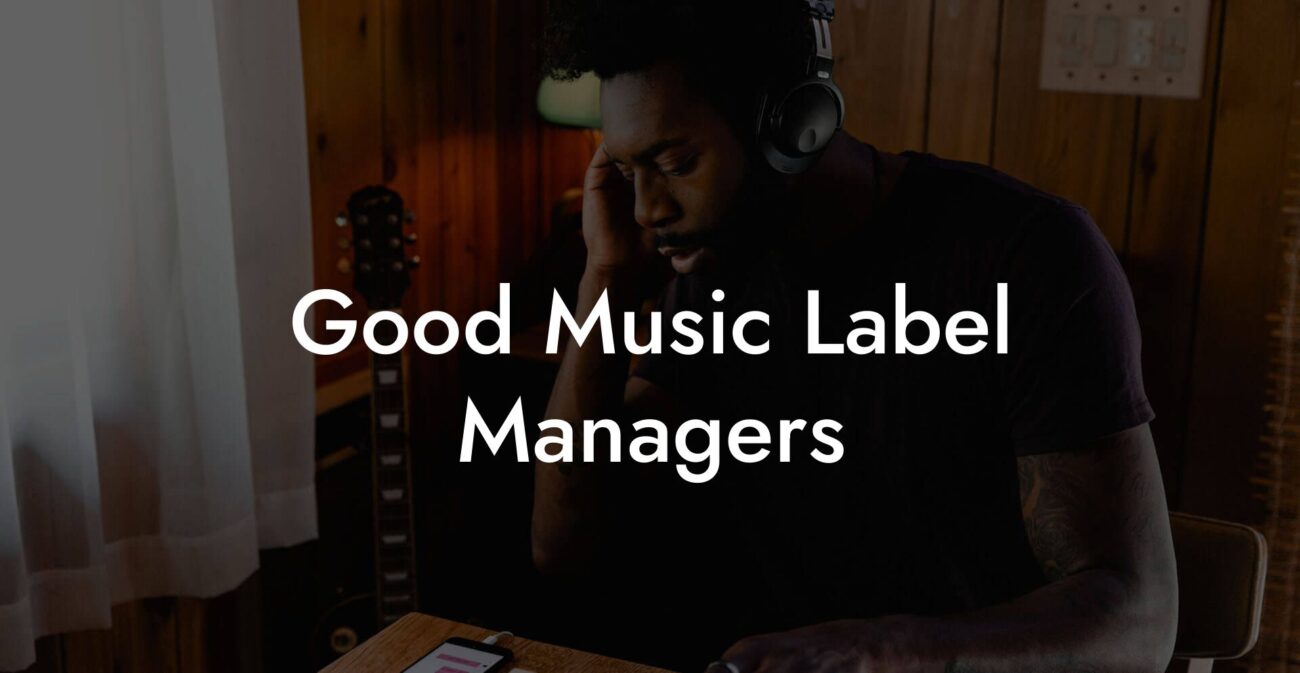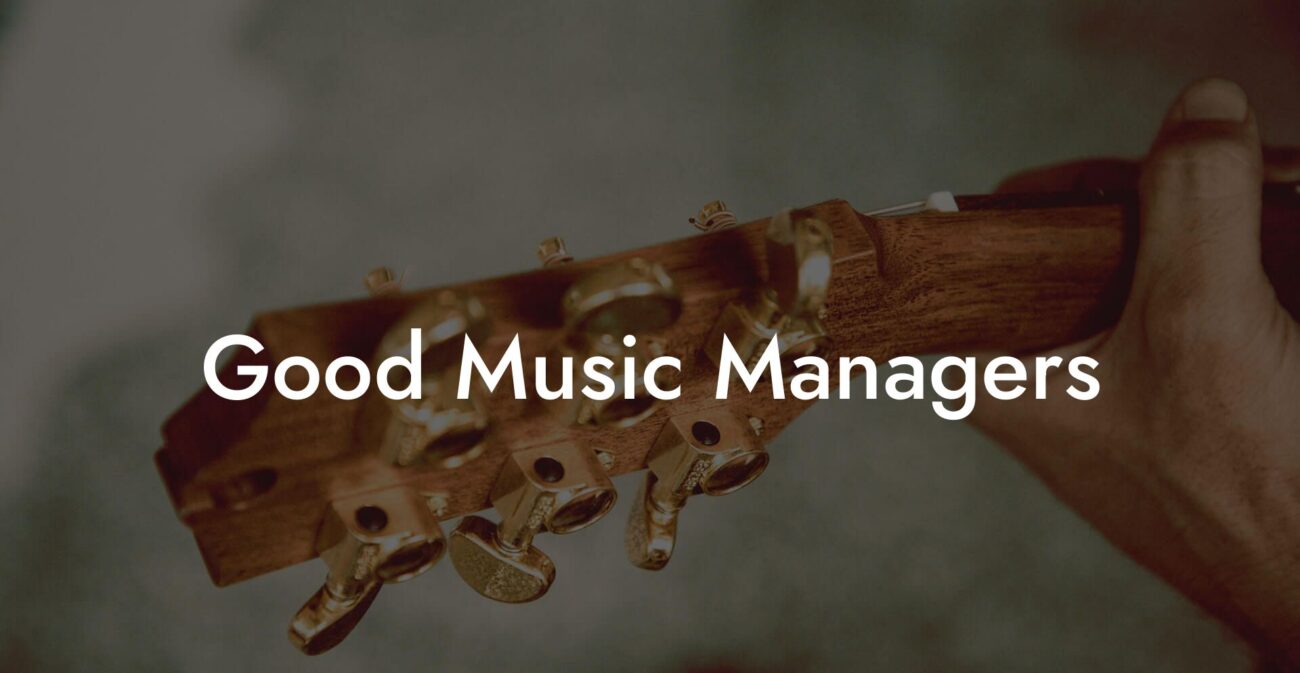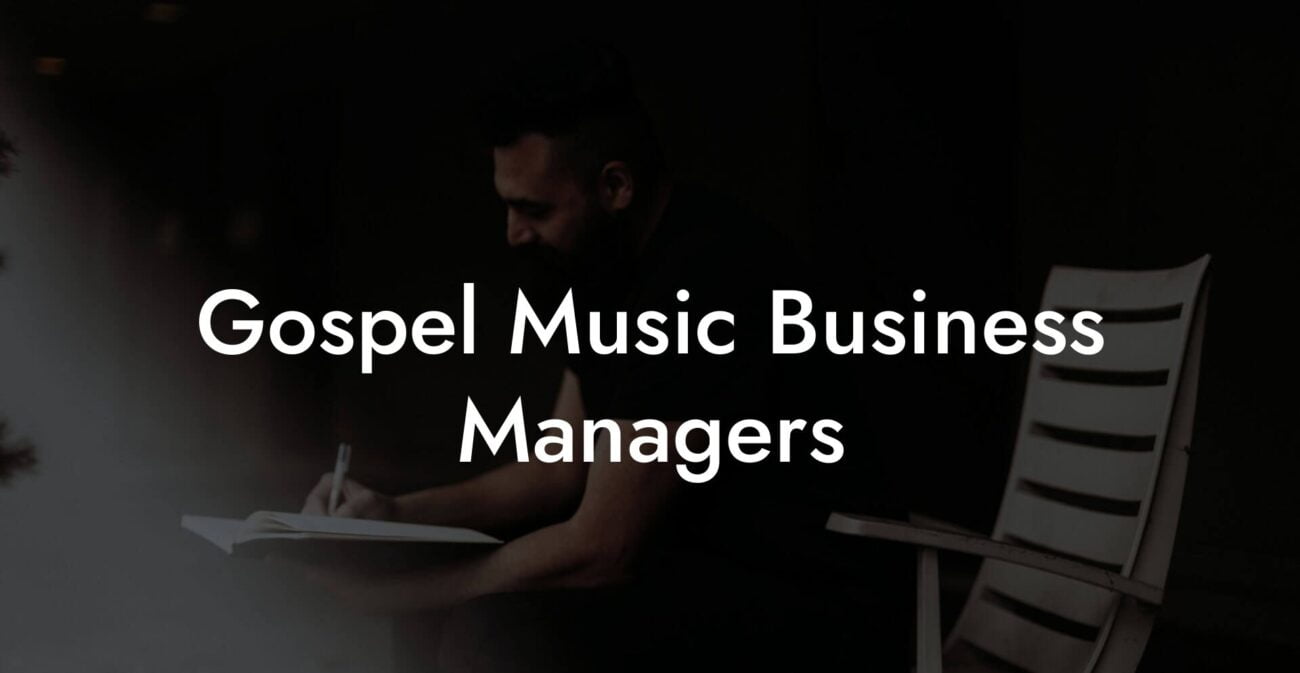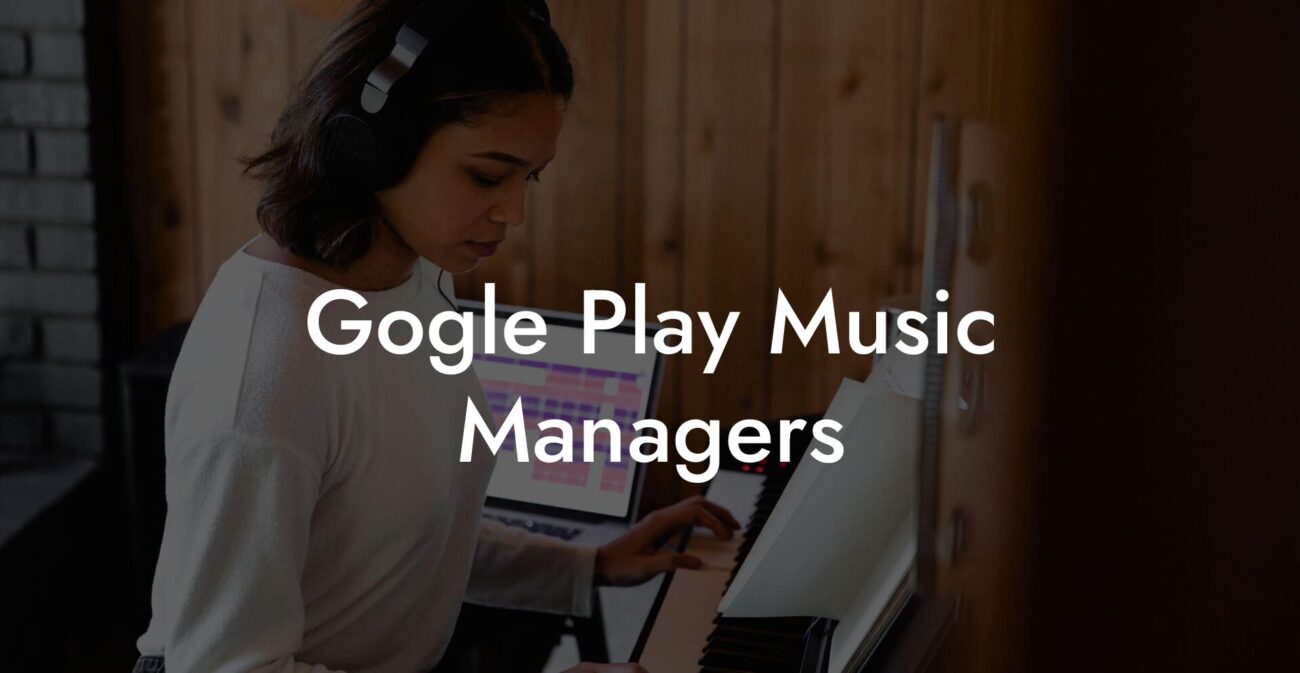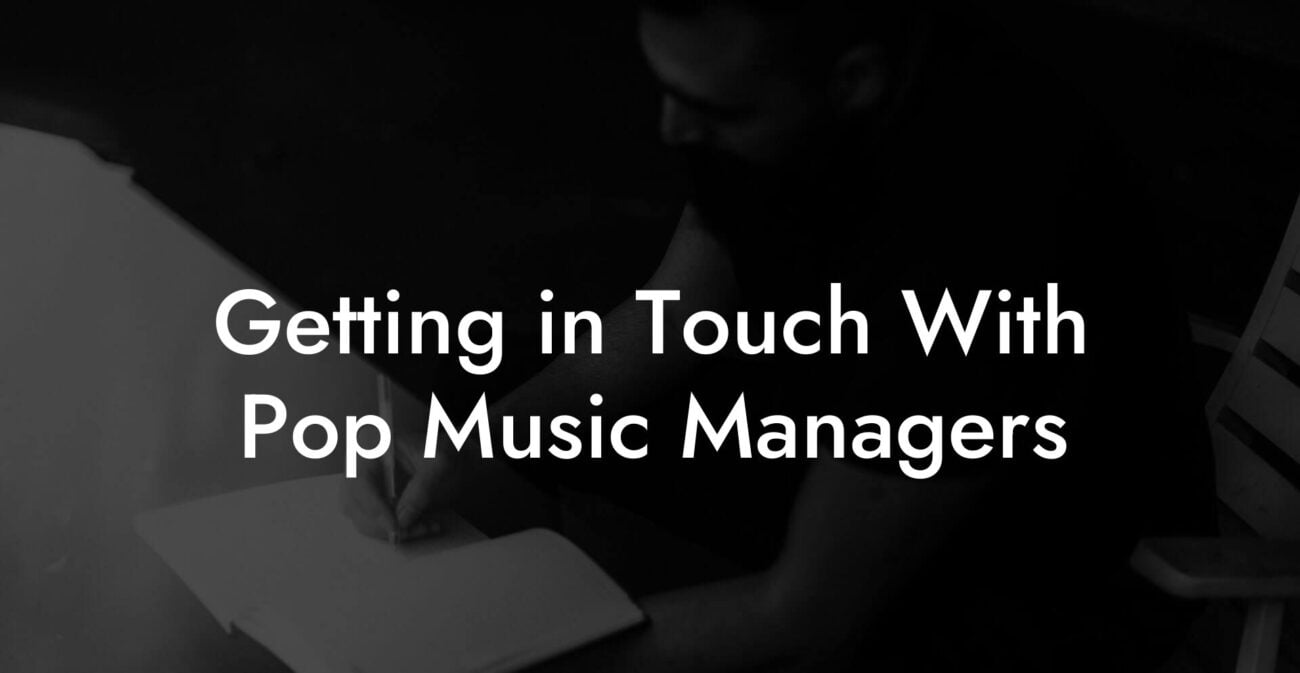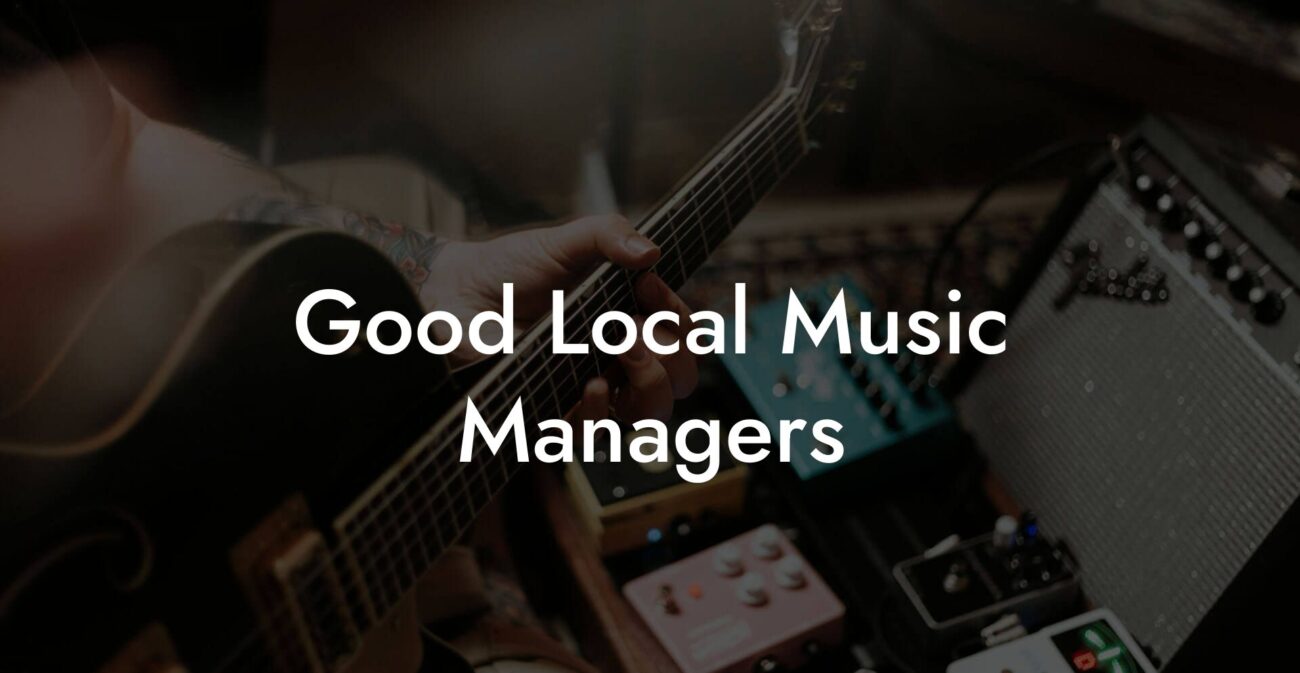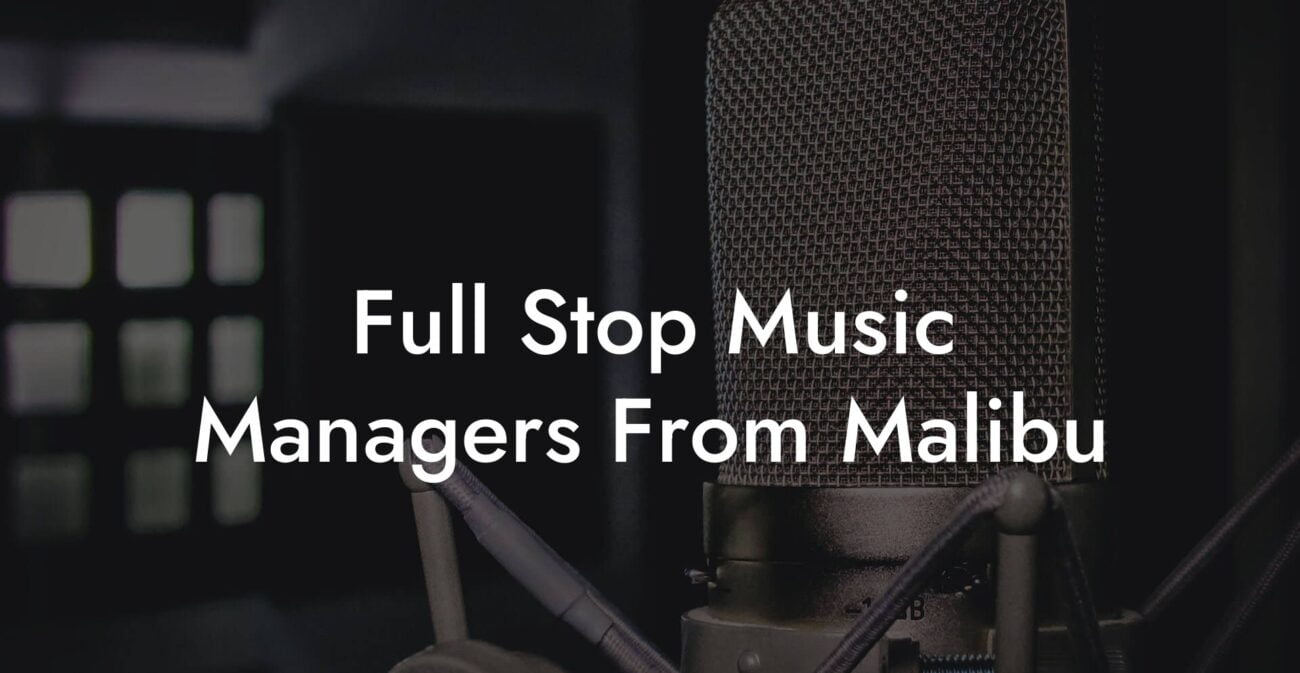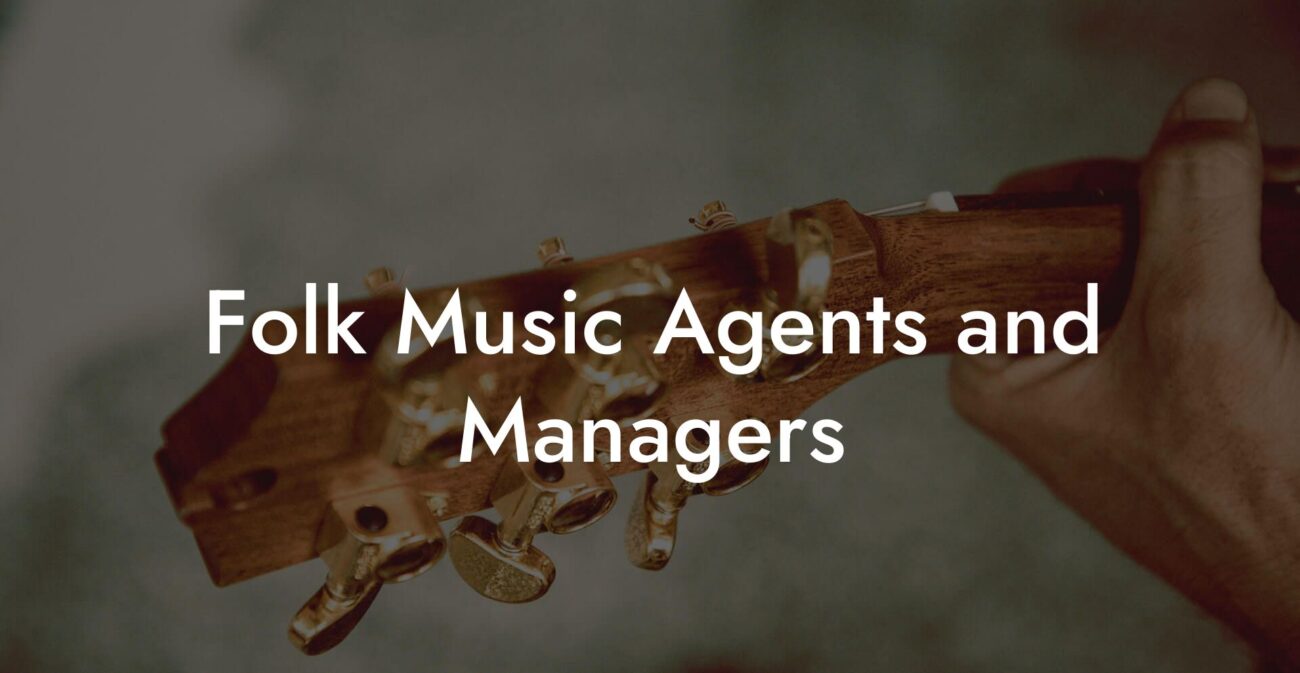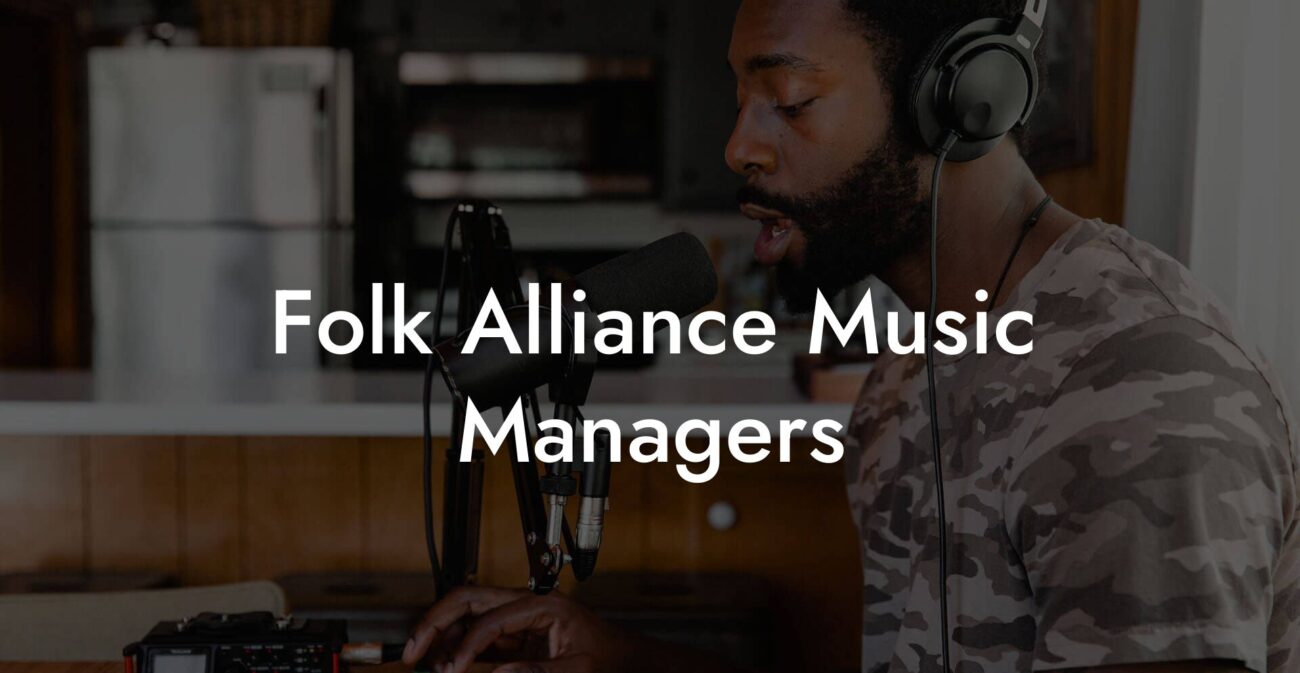Songwriting Advice
How To Write A Folk Song

You want a folk song that sits on a porch, tells the truth, and makes strangers sing along with one chorus. You want a lyric that feels lived in and a melody that is easy to hum after one listen. You want your guitar or banjo to become a character in the story. This guide gives you the exact tools and workflows to write folk songs that feel real, timeless, and weirdly sticky.
Quick Interruption: Ever wondered how huge artists end up fighting for their own songs? The answer is in the fine print. Learn the lines that protect you. Own your masters. Keep royalties. Keep playing shows without moving back in with Mom. Find out more →
Quick Interruption: Ever wondered how huge artists end up fighting for their own songs? The answer is in the fine print. Learn the lines that protect you. Own your masters. Keep royalties. Keep playing shows without moving back in with Mom. Find out more →
Quick Links to Useful Sections
- What Is Folk Music Anyway
- Core Elements Of A Folk Song
- Story And Narrative
- Melody And Contour
- Harmony And Chord Choices
- Rhythm And Groove
- Lyrics And Language
- Where To Find Folk Song Ideas
- Forms You Can Use
- Strophic Form
- Verse Chorus Form
- Verse Pre Chorus Chorus
- Ballad With Bridge
- Step By Step Folk Songwriting Method
- Writing Verses That Move The Story
- Chorus Craft That Lands
- Melody Techniques For Folk Songs
- Vowel First Method
- Motif Repeat
- Range And Breathing
- Chord Progressions That Serve The Song
- Fingerpicking And Strum Approaches
- Strumming
- Fingerpicking
- Prosody And The Spoken Test
- Imagery Tools To Make Songs Feel Real
- Arrangement And Dynamics For Folk Impact
- Harmony Vocals And Simple Arrangements
- Recording A Demo That Actually Helps
- Publishing Basics And Getting Paid
- Exercises And Micro Prompts
- Common Mistakes And Quick Fixes
- Full Folk Song Example You Can Steal From
- How To Finish And Ship A Folk Song
- Frequently Asked Questions
- Action Plan You Can Use Today
This is written for millennial and Gen Z musicians who prefer truth with a side of sarcasm. You will get clear definitions for any term you do not already know, relatable examples that feel like texts from your messy best friend, and exercises that create finished material fast. We cover idea mining, narrative forms, melody techniques, chord choices, fingerpicking and strum approaches, recording demos, publishing basics, and a full action plan you can use in one hour or one weekend.
What Is Folk Music Anyway
Folk music is a broad family. At its core folk is story first. The music supports the words without trying to show off. Folk grows from place, people, and shared experience. It can be protest songs, campfire ballads, love songs, or tiny private tragedies told like a story your grandmother swears is true. Instruments are often acoustic like guitar, banjo, mandolin, harmonica, violin, or upright bass. Folk is not a rule book. Folk is permission to be human on paper and in performance.
Important terms defined
- Topline A topline is the vocal melody and the sung lyrics. If you hear a song and whistle the tune, you know the topline.
- Prosody Prosody is how words sit on the melody. It is making spoken emphasis match musical beats so the line feels natural.
- Strophic Strophic form means the same melody repeats for each verse with changing words. Think of old ballads where each verse continues the story.
- Ballad A ballad is a storytelling song. The story often unfolds in chronological order with clear characters and events.
- PRO A PRO is a performance rights organization. Examples are ASCAP, BMI, and SESAC in the United States. They collect royalties when your song is played in public places or on the radio.
Core Elements Of A Folk Song
Every folk song sits on a few repeatable pillars. If you can build each one well you will have songs people remember.
- A lived story or observation Specific details make your song feel true.
- A memorable melody Something easy to hum even if you are sleep deprived.
- Simple harmonic support Chords that give the vocal room to tell the story.
- Clear prosody The words match the rhythm so nothing sounds awkward.
- Arrangement that breathes Space matters. Folk often uses silence as punctuation.
Story And Narrative
Folk songs trade on narrative. You pick a situation and let the listener live inside it for three to five minutes. The story can be single scene or an epic told in fragments. What matters is specificity. Details like a coffee cup with a chip, a train schedule, a name on an envelope, or the smell of old coats make the listener see a movie in their head.
Real life scenario
Imagine your friend misses a flight and sits on a bench in O'Hare with a beat up suitcase and a thrift store jacket. You write from that bench. The song might be about missed chances. Use the trash can mug as an image and the PA announcements as a rhythm device. A listener who has missed a flight will feel seen immediately.
Melody And Contour
Folk melodies rely on simple shapes. Think small leaps, repeated motifs, and comfortable ranges. The melody often sits in a range that a crowd can sing. If you stretch to a note that only Adele can hit you will lose the campfire singalong crowd. A great melody often has one memorable phrase that repeats as a hook.
Harmony And Chord Choices
Keep chords supportive not flashy. Open chords and moving bass lines help the story breathe. The simplest chord progressions provide enough motion for the melody without asking the song to be a jazz exercise. Use a capo to find a vocal comfort zone. Capo is a device that clamps onto the fretboard and raises the pitch. If you are unsure about keys use a capo and move it until your voice feels easy.
Rhythm And Groove
Folk rhythms can be steady strum, syncopated groove, or delicate fingerpicking. Strumming gives a communal feeling. Fingerpicking makes the song feel intimate like listening to a story. Groove is not about complexity. It is about a repeating pattern that gives the vocal a home.
Lyrics And Language
Folk language tends toward plain speech with bright details. Avoid overwriting. Keep sentences conversational. Use archaic words if you are writing a period piece. Otherwise use language people would actually say at a bar at two in the morning. Rhyme is optional. Internal rhyme and assonance often do the heavy lifting.
Where To Find Folk Song Ideas
Ideas are everywhere. You do not need to be a poet. You need to be sticky and curious.
- Walk and write down three things you see within five minutes.
- Read the first three headlines of the local newspaper and pick the smallest one.
- Use a single real memory like a breakup text or a taxi argument. Make it a scene rather than a summary.
- Borrow a legend or myth and give it a modern twist.
Micro example prompt
Write about a lost dog you found once as a teenager. The dog becomes the stand in for a person who vanished. Use the dog's collar as a repeated object in each verse. That collar turns from literal to metaphorical by the bridge.
Forms You Can Use
Pick a form that supports the story. Here are the most reliable shapes used in folk.
Strophic Form
Same melody for each verse. Great for long narratives where the chorus is unnecessary. Think traditional ballads. The repeated melody becomes a hypnotic frame for the story. Add a small vocal tag between verses if you want a refrain without a chorus.
Verse Chorus Form
Verses tell the story and the chorus states the emotional truth. Use a chorus when you have a single idea you want the listener to remember. The chorus can be short. It can be one line repeated as a ring phrase.
Verse Pre Chorus Chorus
A pre chorus lifts energy just before the emotional payoff. Use it when the chorus needs a little push.
Ballad With Bridge
Start with a narrative verse pattern. Then use a bridge to shift perspective or time. The bridge can reveal the twist that turns the whole story upside down.
Step By Step Folk Songwriting Method
Use this method whether you have chords or just a bunch of scribbled notes. It produces a complete song you can demo.
- Find the kernel. Write one sentence that captures the song. Example: The last bus leaves town and she does not know where to go. This is your emotional promise.
- Pick a form. Choose strophic for long narrative or verse chorus if you want a singalong. Map a simple skeleton like Verse, Verse, Chorus, Verse, Bridge, Chorus.
- Create a vocal motif. Hum a one bar idea on vowels. Repeat it until the ear likes it. This is your hook.
- Set chords. Pick three chords that support the motif. Try I, IV, V or I, vi, IV, V. Play slow and listen to how the vocal breathes.
- Write verse one. Open with a concrete image, add a small action, end with a line that begs for continuation.
- Write chorus. Restate the emotional promise as plain as possible. Keep the chorus short and repeatable.
- Refine prosody. Speak lines at conversation speed and mark stressed words. Align stressed words with musical strong beats.
- Demo and iterate. Record a rough demo on your phone. Listen. Change only what confuses the story or trips the ear.
Writing Verses That Move The Story
Verses are not summaries. They are moments. Use time crumbs and sensory details.
Before and after examples
Before: I missed you and I felt lonely.
After: The porch light stayed off like it knew better than I did and the kettle forgot how to whistle.
Three tips for better verses
- Start with a visual detail in the first line.
- Put an object in the second line that gets handled or changed.
- End with a line that moves the listener forward. That line can be a question or an image that implies consequence.
Chorus Craft That Lands
The chorus holds the promise. Keep it direct. If your chorus is poetic but unclear you will lose the singalong.
Chorus recipe
- State the emotional core in one short sentence.
- Repeat or paraphrase the line so it is easy to remember.
- Add a small twist on the final repeat to give the chorus an edge.
Example chorus
I rode the last bus out of town. I left my name in the town square. I keep your voice safe inside my coat.
Melody Techniques For Folk Songs
Work on melody until the words feel like they were made for the tune. Here are practical tools.
Vowel First Method
Sing on vowels only. Choose ah, oh, or oo. Hum a two bar phrase. Mark the place you want to land the important word. Then fit the consonants around those vowels. This keeps phrases singable.
Motif Repeat
Create a small three or four note motif and repeat it with different words. Variation rather than invention is the folk way. The repeated motif becomes the spine of the chorus or verse.
Range And Breathing
Keep most lines within a comfortable range. Use a small climb on emotional words. If the chorus is a leap, make sure it is easy to reach live. Add a breathing point where you will inhale naturally during performance.
Chord Progressions That Serve The Song
Here are go to progressions that work in folk. These labels refer to scale degrees. If you do not know scale degrees pick the chords by name and test them on your instrument.
- I IV V Classic and sturdy. Example in G major is G C D.
- I vi IV V Warm and melancholic. Example in C major is C Am F G.
- I V vi IV Easy to loop and friendly to singers. Example in G is G D Em C.
- I V IV Useful for walking bass lines and storytelling grooves.
Capo tip
If your voice is tired use a capo and move the shape up the neck. The chord shapes stay the same and the key changes. This is fast comfort without rewriting the whole song.
Fingerpicking And Strum Approaches
Two main textures dominate folk. Strum texture for communal songs and fingerpick texture for intimate songs.
Strumming
Use a simple down up pattern with a strong on the two and four if you want a relaxed groove. Palm muting can make verses feel quieter and make the chorus hit harder. Keep the strum pattern consistent so the listener can breathe with it.
Fingerpicking
Travis picking is an old style where the thumb plays a steady bass pattern and the fingers play melody and fills. If you are new to fingerpicking try a steady thumb on beats one and three and lightly pick melody notes on the higher strings. Fingerpicking slows the song down and creates room for lyrical detail.
Practical fingerpicking exercise
- Choose three chords you know well.
- Keep your thumb on the lowest string that the chord uses.
- Play the thumb on beat one and beat three, and use index and middle finger for the high strings on beats two and four.
- Keep it slow and steady until your right hand stops thinking and starts feeling.
Prosody And The Spoken Test
Prosody will save you more time than a million metaphors. Say every line out loud as if you are explaining it to someone over coffee. Mark the stressed syllable in every line. Then sing the line and confirm the stressed syllable sits on the musical strong beat. If it does not, move the melodic rhythm or rewrite the lyric.
Real life example
If your line is I will be fine when I get home and your musical stress is on get and home it will sound off. Adjust to Something like I will be fine when I am home so the natural stresses line up with the melody.
Imagery Tools To Make Songs Feel Real
- Object rule Include at least one physical object in each verse. Objects are memory hooks.
- Time crumb Give listeners a time or place detail. The year, an hour, or a room adds weight.
- Action verbs Replace being verbs with actions to keep motion inside the song.
- Concrete over abstract Swap phrases like I was sad for I watched the lawn mower rust for three days.
Arrangement And Dynamics For Folk Impact
Less is more. Folk thrives on dynamic contrast rather than loudness. Use space, silence, and small instrumental changes to make moments land.
- Start sparse. Let the first verse be nearly a spoken story with guitar breathing around the words.
- Add a second instrument on verse two like harmony vocal or a soft fiddle line.
- Pull back before a chorus so the chorus feels like entering sunlight.
- Leave room for a two bar break with no singing. That silence is punctuation.
Harmony Vocals And Simple Arrangements
Harmony vocals in folk are usually simple thirds or unison doubles. Use harmony to underline the emotional peak. If you do not have another singer record a harmony an octave lower or higher and place it lightly under the lead.
Instrument choices that age well
- Acoustic guitar
- Banjo for brightness and rhythm
- Harmonium or pump organ for a vintage bed
- Subtle string pad for late chorus lift
Recording A Demo That Actually Helps
You do not need a studio. A phone can capture enough to test the song. Focus on performance and clarity not on making it radio ready.
- Find a quiet room with natural reverb like a bathroom or a small hall. Reverb adds depth.
- Record one clean take of voice and instrument together for a live feel.
- Record a second take with a slightly different vocal inflection to use as double in choruses if you like the result.
- Export two versions. One raw live take and one with light EQ and reverb. Send both to collaborators or your producer so they can hear intent and variation.
Publishing Basics And Getting Paid
You wrote a song. Now what. Publishing is the business side that will let the song earn if it is performed or broadcast. Here are basics in plain language.
- Copyright In most countries your song is copyrighted the moment it is fixed in a tangible medium like a recording or a printed lyric sheet. Registration is optional but useful. It makes legal claims easier later.
- PRO A performance rights organization like ASCAP, BMI, or SESAC collects royalties when your song is performed in public spaces or broadcast on radio TV or streaming that triggers performance royalties. Join one, file your songs, and make sure your splits are correct.
- Splits Splits refer to how songwriting credit is divided among collaborators. If you wrote lyrics and someone else wrote the melody decide splits up front. A common split is 50 50 for two writers but talk about it before you release. A voice message does not count as a contract but it counts as clarity.
- Mechanical royalties These are royalties when your song gets reproduced like on a streaming platform or a CD. In the U.S. mechanicals are collected through agencies like the Harry Fox Agency or newer digital distributors. Your distributor can register songs for mechanical collection in many cases.
Relatable scenario
You and your buddy co write a song. You think you did 70 percent. They think it was 50 50. You play the song at a bar and it goes viral on a local video. Royalties start to matter. If you did not agree on splits you will spend the next year emailing lawyers instead of writing more songs. Decide splits when the coffee is still hot.
Exercises And Micro Prompts
Use these timed drills to generate full song material fast. Set a timer and do not overthink. Imperfection breeds honesty.
- Ten minute object story Pick an object and write three lines that involve it. Make the last line the chorus seed. Ten minutes.
- Vowel melody pass Put a simple chord loop on repeat. Sing only vowels for two minutes until a phrase feels sticky. Then add a title and consonants. Fifteen minutes.
- Three verse map Draft three one line beats for a song. Each line represents a verse. Use those beats to write a strophic form. Twenty minutes.
- Dialogue chorus Write a chorus that could be texted. Keep it to one sentence that someone would actually send after midnight. Five minutes.
Common Mistakes And Quick Fixes
- Too much abstraction Fix by adding one concrete image per verse.
- Melody that sits on the same pitch Fix by introducing a small leap into the chorus.
- Lyrics that crowd the melody Fix by removing filler words and speaking lines out loud before singing them.
- Weak ending Fix by writing a bridge that shifts perspective or by changing the last chorus line to a surprising truth.
Full Folk Song Example You Can Steal From
Use this sketch as a model. Chords are simple. The lyric is concrete. Sing it slowly.
Key: G
Verse 1
G
The shop light swung like a slow apology
C
A ring of steam settled on the window glass
G
I folded the last of your letters into a corner
C
D
Left them like flags on the windowsill
Chorus
G
I took the last train out of the rain
Em
Left your name on the seat where I used to sleep
C
G
When the whistle blows I will count to three and go
D
And I will never look back
Verse 2
G
You kept a cup with a chip on the rim like the morning
C
I put it in the backpack with the rest of the past
G
The conductor told me a story about a man who left once
C
D
And like him I kept my pockets honest
Bridge
Em
The station clock forgot to count the hours
C
My shoes learned the map of the platform
G
I held the ticket like a promise to myself
D
And folded it into the night
Chorus repeat
This is simple. It uses objects, time, and the last train as the motif. That last line of the chorus is the emotional promise. Change details and you have a new song.
How To Finish And Ship A Folk Song
- Lock the lyric. Run a quick pass to replace every vague word with a concrete detail.
- Lock the melody. Sing the entire song without the instrument. If you can remember it you are ready to record.
- Make a simple demo. Record the whole song live in one take and export an MP3 for sharing.
- Decide publishing. If you care about royalties register the song with a PRO and set splits with collaborators before release.
- Play it live. One good house show will tell you what works and what does not. A live audience is the best editor.
Frequently Asked Questions
What key should I write a folk song in
Pick a key that sits comfortably in your speaking range. If you are unsure pick G or C on guitar. Use a capo to adjust the key without changing chord shapes.
Do folk songs need a chorus
No. Many traditional folk ballads use strophic form without a chorus. Use a chorus if you have a single emotional line you want to repeat. If the story wants to roll forward verse after verse use strophic form.
How do I make my lyrics feel authentic
Write like you are telling a story to a friend who already knows you. Use details only you would notice. Keep sentences concise. Use action verbs and time crumbs. If a line would work as text it probably feels authentic.
What is the easiest way to learn fingerpicking for folk
Start with thumb on the bass string and index and middle finger on the higher strings. Keep the thumb steady on beats one and three. Practice with three chords repeatedly until your hand stops thinking about individual notes.
How do I avoid sounding like every other indie folk artist
Lean into your perspective. Use one specific detail per verse that could only come from your life. Pick an unexpected image and make it a motif. Familiar form with unusual details makes songs feel fresh.
Action Plan You Can Use Today
- Write one sentence that captures the emotional center of your song. Make it a title if it can be short.
- Pick a form. If you are unsure choose Verse Chorus Verse Chorus Bridge Chorus.
- Play three chords. Hum a melody on vowels until a motif sticks. Mark the motif.
- Write verse one with one object and a time crumb. Keep lines conversational.
- Write the chorus using your title and make it repeatable in one breath.
- Record a live demo on your phone and send it to two friends with the question What line landed for you.
- Decide splits and register the song with a PRO if you plan to earn performance royalties.

